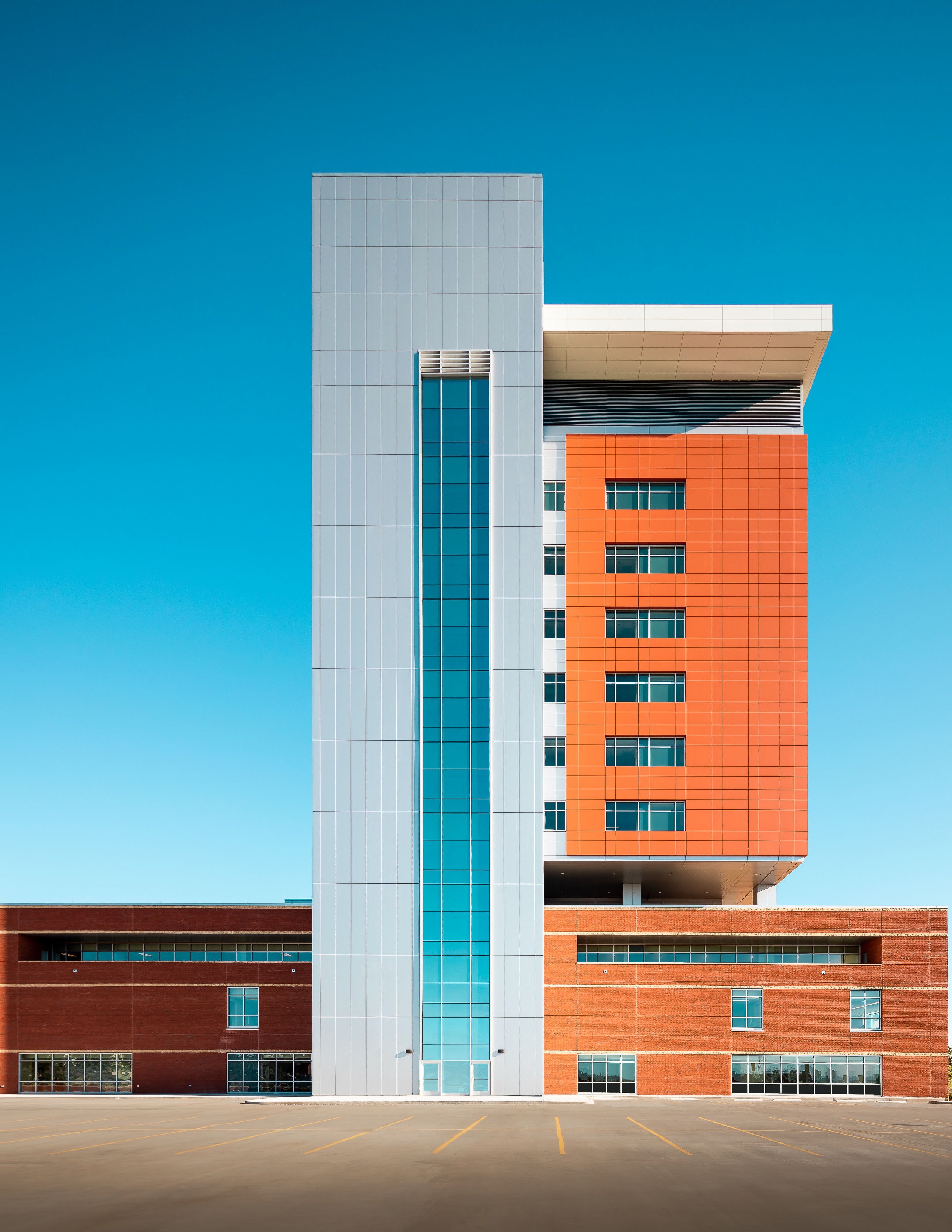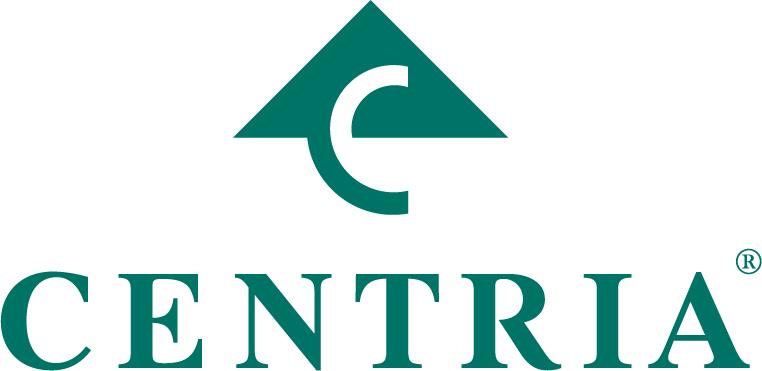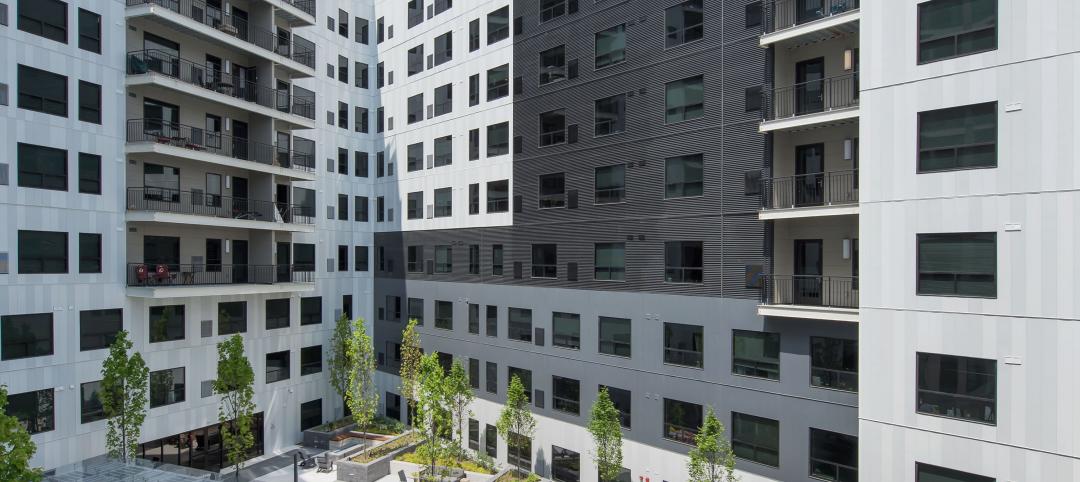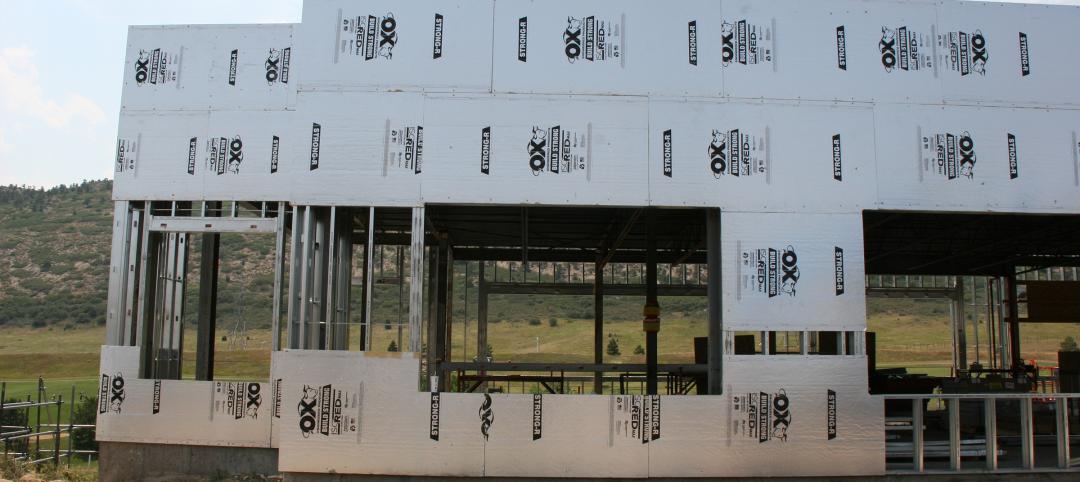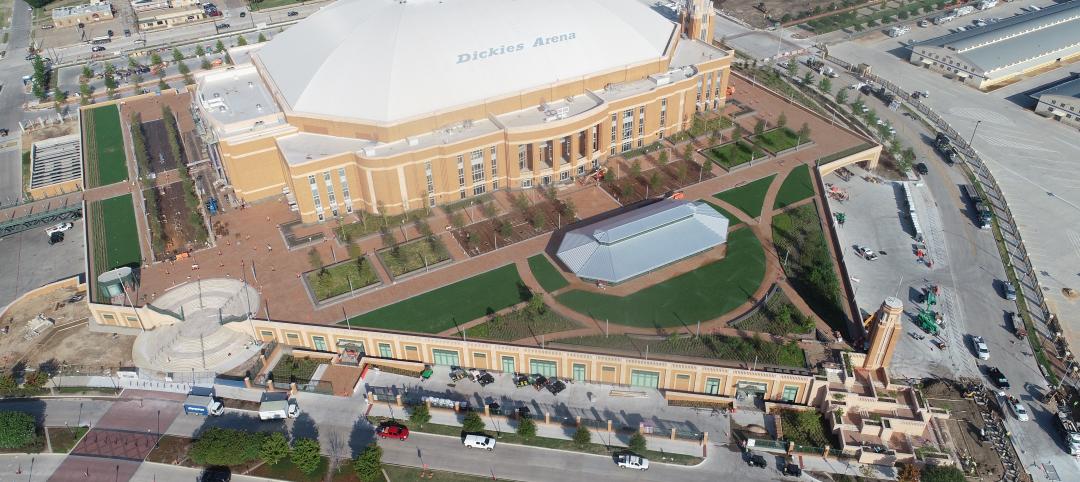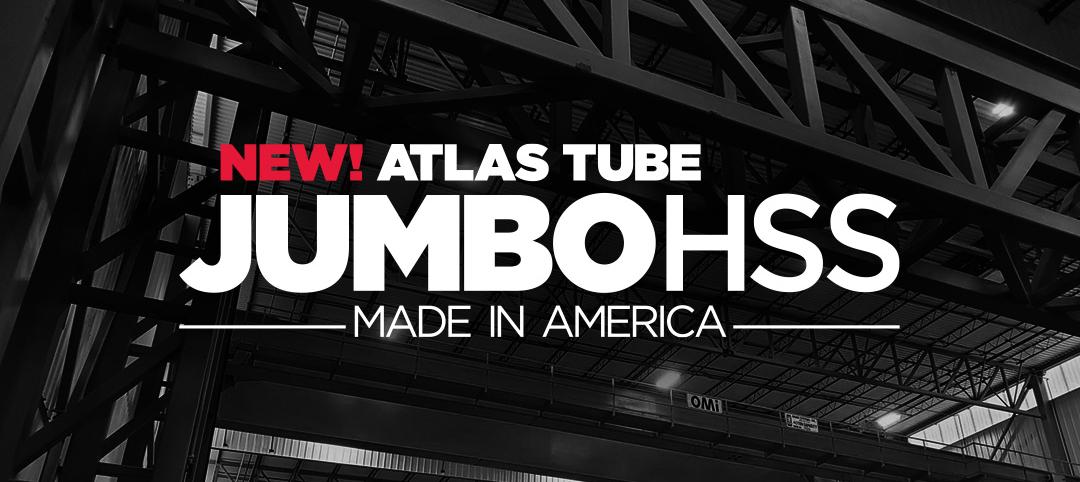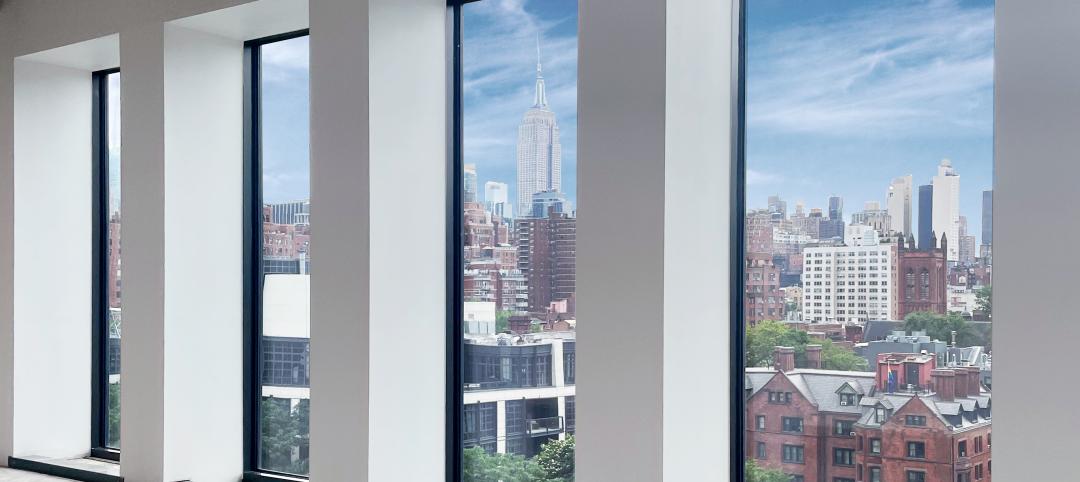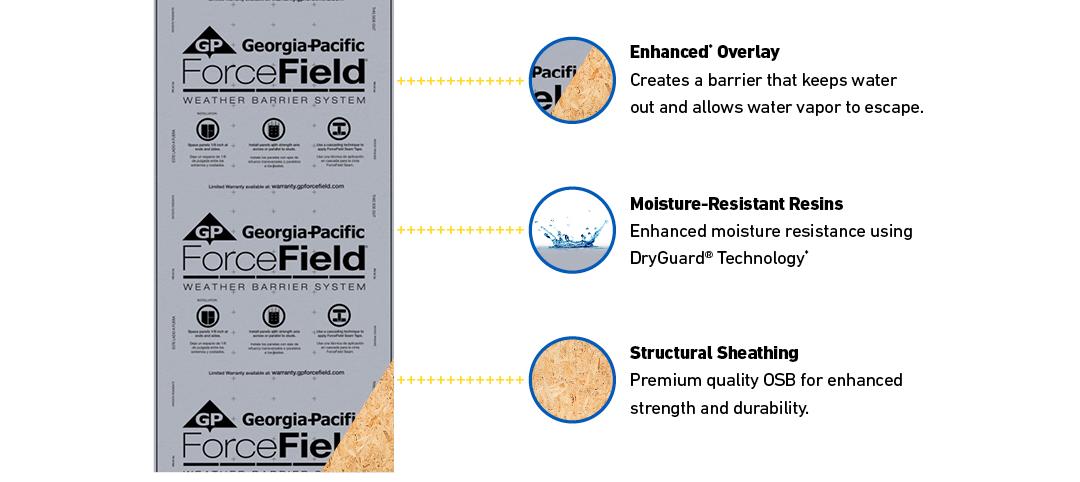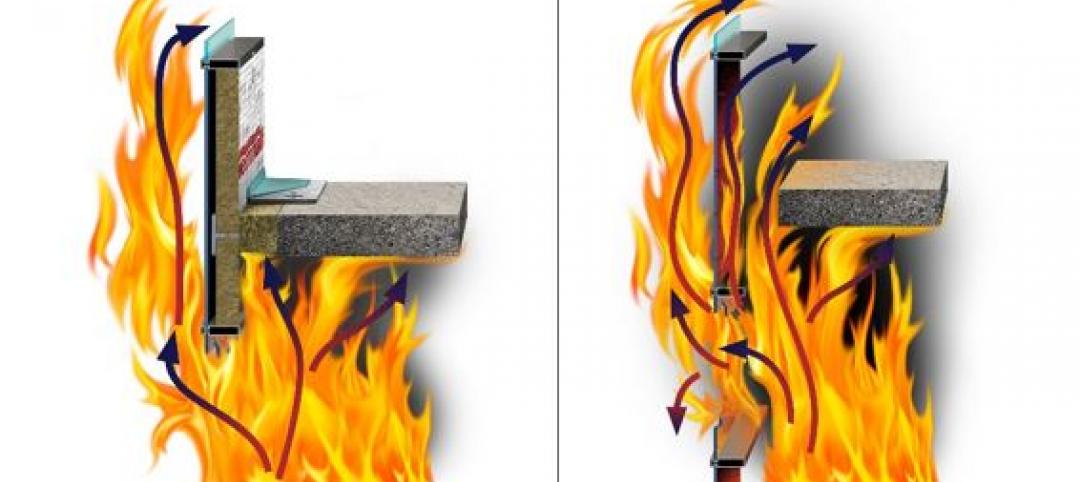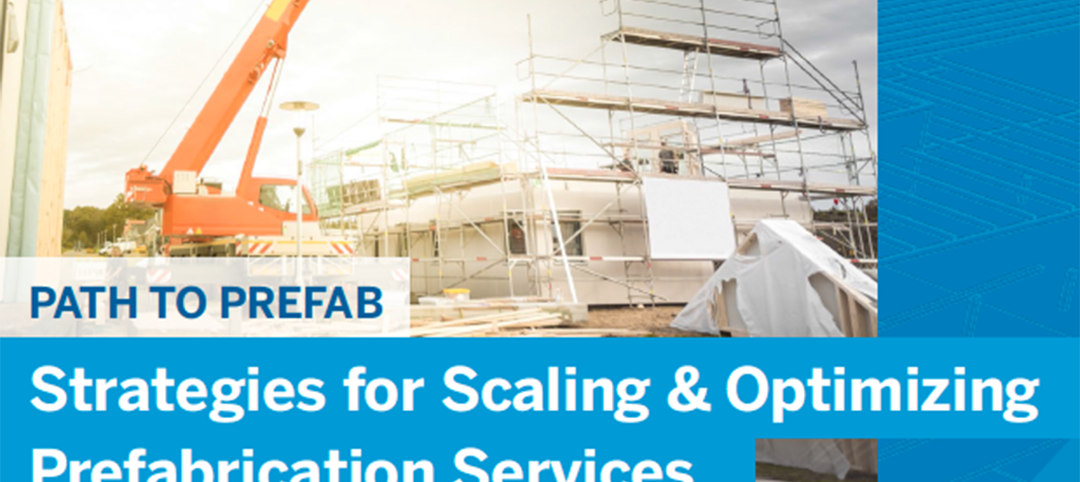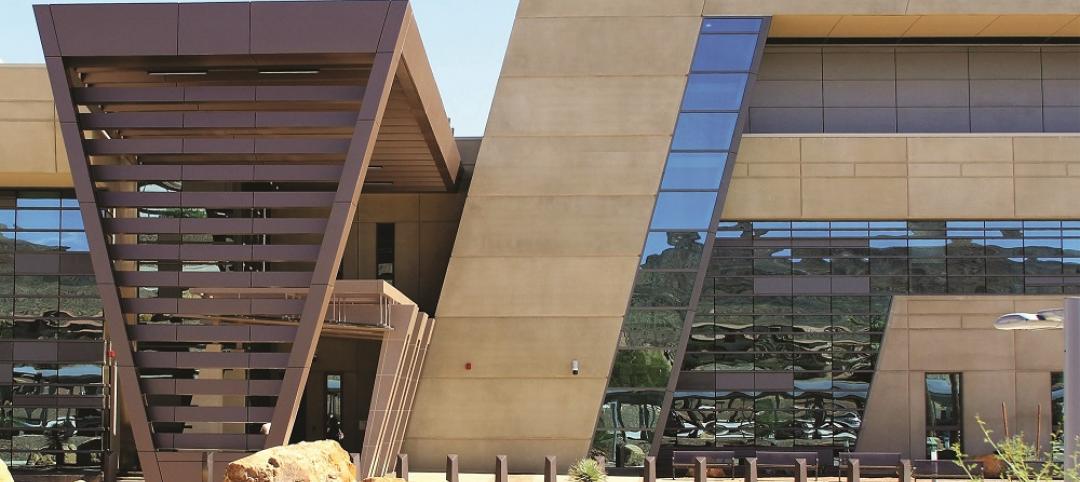CENTRIA Delivers High-Performance, High-Impact Innovations
Consider the importance of first impressions in the context of a building, whether it is a destination museum or a hospital delivering the full range of medical care.
It starts outside – when driving by, in the parking lot, or on the adjoining sidewalk.
Does the structure have a sleek look that telegraphs sophistication and modernity? How does it stand out from other buildings nearby? Does it make a statement that is memorable?
The product choices made by designers and architects for the building envelope have a substantial impact on the eventual answers to these questions.
Add in the increasingly stringent building codes across the country – for thermal performance, fire protection, moisture barrier and more – and architects must cast a discerning eye at what choices they’re making.
In essence, the selected products must solve two enduring challenges – long-term performance and lasting aesthetic appeal.
In two recent instances, designers and planners turned to CENTRIA for multiple product solutions.
The results were a cutting-edge medical facility ready to serve the needs of the community in Asheville, North Carolina, and an addition to a popular destination in Pittsburgh that focuses on science and STEM education.
A New Address for Healthcare in Asheville
Originally called Mission Hospital for Advanced Medicine, the newly built Mission Health North Tower in Asheville, North Carolina, is helping Mission Health set a new standard of excellence in healthcare for the community.
The 630,000-square-foot, 12-story facility expands emergency department services and patient capacity. It includes 220 patient rooms, a 94-bed emergency room, 11 interventional and cardiac catheterization suites, eight digital operating rooms, and an outdoor terrace on the third floor. The $400-million tower was in the planning stages for nearly a decade.
Planners ultimately chose solutions manufactured by CENTRIA for several parts of the building’s exterior.
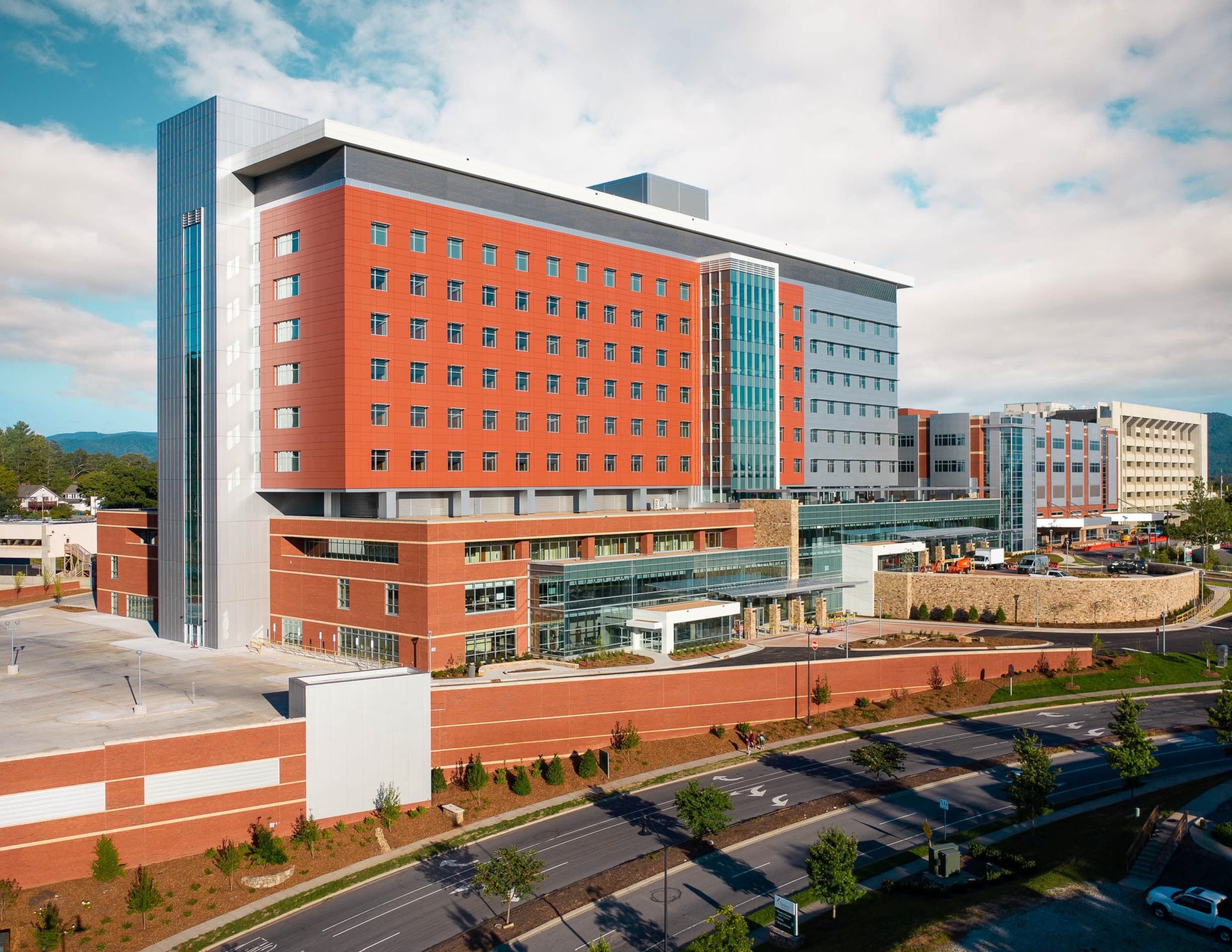
Towering Above
Architects had a vision for the two towers that sit on either end of the new building and encase both elevators and staircases. They did not want the towers to appear utilitarian or commercial. Rather than using stone, masonry, or concrete, designers sought to source an external wall solution that would be flat and smooth, delivering a modern and sleek look.
The chosen product – nearly 20,000 square feet of Formawall Dimension Series from CENTRIA in a vertical orientation.
“The architect really put to use what Formawall Dimension Series does well, and that’s cover opaque surfaces with a very flat-looking surface and also affording them the necessary insulation,” said Joe Creighton, president of SECO Architectural Systems. “The results were fantastic.”
CENTRIA’s Formawall high-performance building envelope system consolidates six wall components into one product for distinct architectural profiles in both horizontal and vertical orientations. Formawall comes with concealed clips, fasteners and sealants with insulated metal vertical joints and a pressure-equalized side joint to help prevent water infiltration. The panels are factory foamed in place, minimizing the potential for gaps within the panel. They also integrate with most glass wall, window, and CS louver systems.
Wearing the Crown
At the crown of the building, architects specified decorative louvers to add to the structure’s aesthetic appeal. At the same time, it was important to create a moisture barrier for the crown. That meant specifying an insulated rain barrier behind the louvers, and CENTRIA’s MetalWrap delivered the right performance metrics.
“In one step, you have an insulated weather barrier behind louvers. When the louvers did go on, the building was already dry. It was a time saver in that regard,” Creighton said of MetalWrap. “It’s really easy to install. Very user friendly.”
MetalWrap insulated composite backup panels serve as the ultimate backup wall for nearly any type of exterior rainscreen system. The solution consists of two steel skins that are permanently bonded to a poured-in-place foam insulating core.
High Concept
On the building’s podium (between the two metal towers), architects decided to use CENTRIA’s Concept Series single-skin wall panels in a variety of places. They created a visual break from the masonry, which served as the primary cladding in that area of the building.
“The Concept panels have a ribbed profile and gave a little more of interest to the podium level of the building,” Creighton added.
Concept panels feature concealed fasteners and a common-lock joint that allows the panels to be integrated with each other. They can be installed vertically or horizontally with an unbroken appearance, adding to the product’s aesthetic versatility.
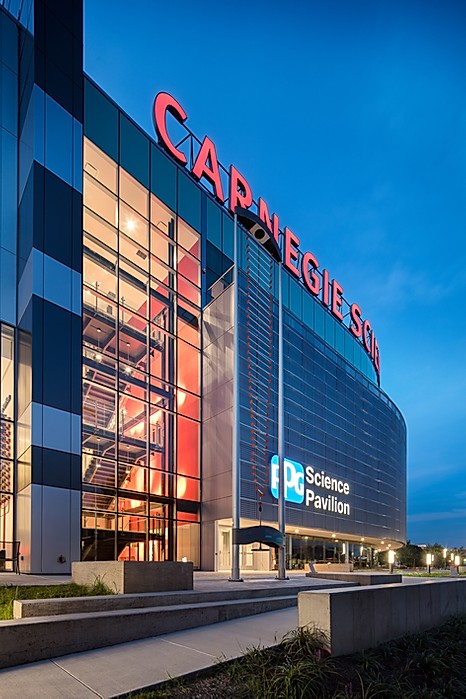
Supporting Science
Designers and architects faced a different challenge with the PPG Science Pavilion, a $33-milllion expansion to the Carnegie Science Center on Pittsburgh’s North Shore.
How do you replicate the look of a building that was christened in 1991 and apply it to an addition while also adhering to modern design standards and much stricter building codes?
Once built, the PPG Science Pavilion would enable the Carnegie Science Center – the most visited museum in Pittsburgh – to expand key offerings. The space was set to accommodate STEM education programs for area children along with traveling exhibits that draw regional crowds. In addition, the pavilion would house more event space.
The original museum was clad in custom-designed metal panels.
“We really needed a product that would align itself well with the spacing, the sizing, and the aesthetic appearance of the existing panels while bringing in the modernity of a functional system,” said Ryan Indovina, principal at Indovina Associates Architects. “We were really focused on trying to achieve the aesthetic appearance but also the performance standard that the science center was looking for.”
Indovina and team were also charged with sourcing materials from a local provider.
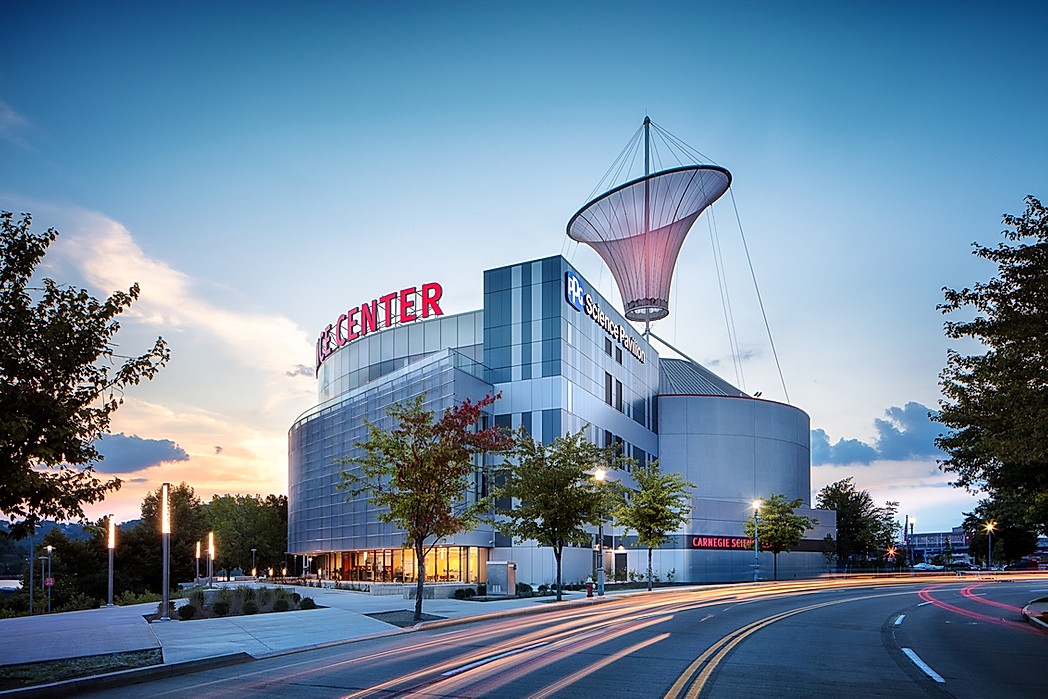
The Perfect Fit
CENTRIA’s Formawall Dimension Series presented itself as the optimal solution. In this case, the Formawall Dimension Series 3”-T panel was able to be sized and shaped to meet the needs of the project and covered 11,500 square feet of the building. The panel is engineered to provide outstanding aesthetics and value along with maximum thermal performance and moisture control in a single component.
Part of the addition needed to be a “black box” without external windows since it would house the traveling exhibits. To ensure the building remained visually interesting on the exterior, Indovina and team integrated the CENTRIA metal panels with an outer scrim board for a double-layered facade. The perforated boards created depth while the Formawall boards served as the moisture and insulation barrier.
“The CENTRIA panel offered the opportunity to have a consistent manufactured panel that provides that weather barrier whether it’s behind that scrim or fully visible,” Indovina said, adding that the new panels also coordinated well with old sections of the building when the two were finally connected.
“The aesthetic of the building ended up being almost exactly in line with what we intended in the initial design phases,” Indovina remarked.
The PPG Science Pavilion opened in the spring of 2018.
CENTRIA
1800-759-7474
Related Stories
Sponsored | Voice of the Brand | Aug 31, 2021
Mix It Up with Metal Cladding
Combining architectural metal panel profiles and colors creates high-end, modern facades that meet the budget and the time frame. PAC-CLAD Metal Wall Panel Systems provided the solution for both a downtown high-rise in Pittsburgh and a midwestern university’s technology campus.
Sponsored | Voice of the Brand | Aug 30, 2021
Code, Cost, and Convenience
Integrated Continuous Insulation’s Role in the Ever-Changing Construction Landscape
Sponsored | Voice of the Brand | Aug 9, 2021
From the Top: 3 Trends Influencing the Future of Commercial Roofs
Commercial roofs are being reimagined to provide interactive spaces supplying nature in urban locations and mitigating extreme weather effects by managing heat and stormwater runoff. Read how biophilia, extreme weather events, and environmental sustainability are influencing vegetative roof assembly (VRA) design and product innovation.
Sponsored | Voice of the Brand | Aug 3, 2021
ALPOLIC Heralds the Success of a Small Business with a New Storefront
James Royce Rug Gallery trusted ALPOLIC to showcase their museum-quality collection in West Hollywood. With nearly unlimited finish options, the design team delivered sophistication with easy-to-maintain ALPOLIC MCM. Small business owners need curb appeal to succeed and the chic façade featuring ALPOLIC fashioned a storefront that demanded to be noticed.
Sponsored | Voice of the Brand | Jun 21, 2021
Domestic Isn’t Dead: Why U.S.-made Jumbo HSS Are the Big Thing in Structural Steel
Atlas Tube’s new mill will roll the world’s largest HSS right here in America, reinforcing Atlas Tube’s commitment to domestic manufacturing. Made with new technology to speed delivery and minimize environmental impact, the Jumbo HSS sizes will let designers and builders across the continent do more with structural steel.
Sponsored | Voice of the Brand | Jun 17, 2021
Vision, Vision, Vision
Innovations in fire rated glass technology including largest tested and listed sizes, butt-glazed walls with minimal framing and expanded door sizes and vision lites give architects the unprecedented ability to add vision and transparency to fire rated areas that have been devoid of natural light and vision for many years.
Sponsored | Voice of the Brand | Feb 2, 2021
Smarter Sheathing System for Residential and Multifamily Builds
When it comes to defying the elements, buildings are only as strong as the products used to protect them. Increase the quality and durability of residential and multi-family builds with Georgia-Pacific’s ForceField® Weather Barrier System.
Sponsored | Voice of the Brand | Dec 1, 2020
6 Design Principles to Support Life Safety in the Extreme
Sponsored | Voice of the Brand | Oct 30, 2020
Three Contractors. Three Unique Paths to Prefabrication.
Sponsored | Voice of the Brand | Sep 8, 2020
How Fire Rated Glass Meets Lot Line Requirements Without Sacrificing Design


